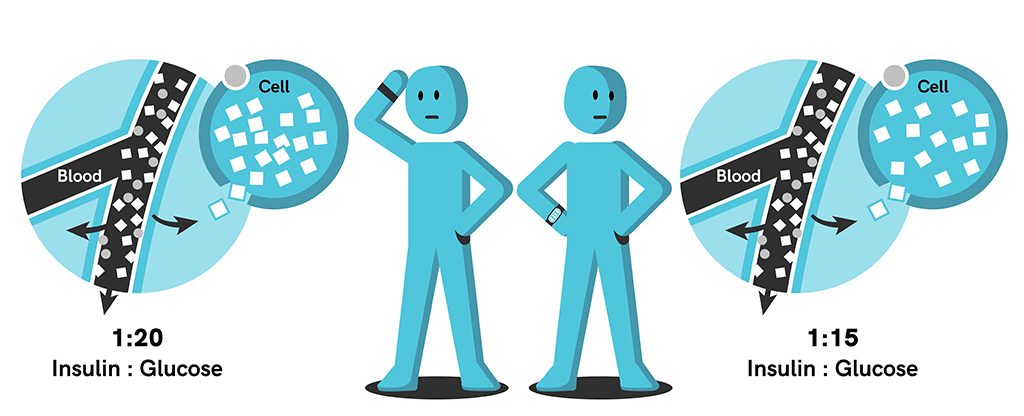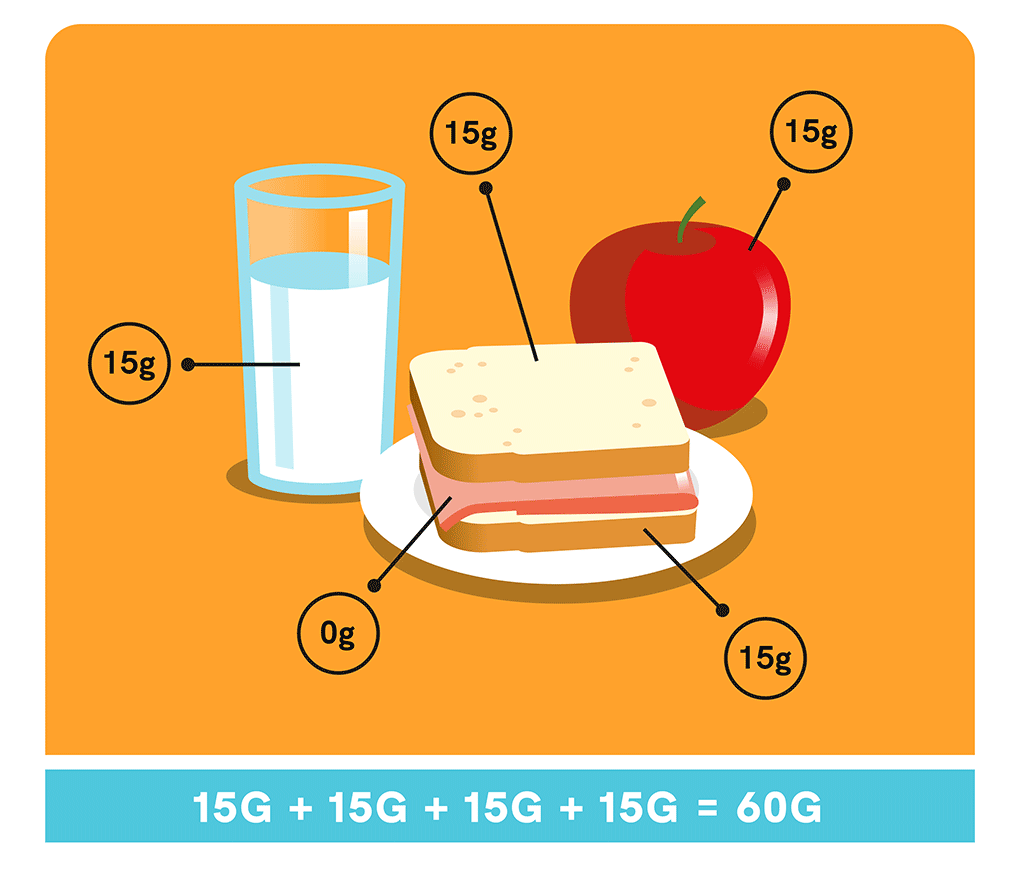What is an Insulin to Carbohydrate Ratio?
The insulin-to-carb ratio can help understand how much rapid- or short-acting insulin is needed to metabolize the amount of carbs consumed at a meal or snack. It allows greater flexibility in lifestyle and can improve glucose control.

Insulin to carbohydrate ratio (ICR) and insulin correction factor (ICF) calculation is another aspect of advanced carb counting.
How does ICR work?
As you know, insulin helps glucose move into cells so they can create energy. Some people need more insulin to move glucose than others.

For some, one unit of insulin will move the glucose from 20 g of carbs, and for others, 1 unit will only move the glucose from 15 g of carbs.
Your doctor will tell you what your ICR number is, and it may even change over time.
How To Calculate ICR

A person with diabetes plans to eat 60 grams of carbohydrates.
To calculate the ICR of 1:15, they would divide the number of grams of carbohydrates for the meal by 15 to determine the number of units of prandial insulin needed to cover the amount of carbohydrate to be consumed.

The ratio will be unique for each patient. In the beginning it can be helpful to use a formula worksheet until you get used to this process. Your Diabetic Educator can help you find these.
Leave a Reply